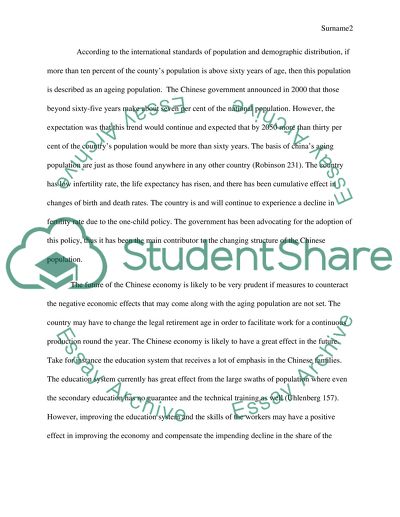Cite this document
(“China's Aging Population Research Paper Example | Topics and Well Written Essays - 1750 words”, n.d.)
China's Aging Population Research Paper Example | Topics and Well Written Essays - 1750 words. Retrieved from https://studentshare.org/environmental-studies/1450554-aging-of-population-in-china
China's Aging Population Research Paper Example | Topics and Well Written Essays - 1750 words. Retrieved from https://studentshare.org/environmental-studies/1450554-aging-of-population-in-china
(China'S Aging Population Research Paper Example | Topics and Well Written Essays - 1750 Words)
China'S Aging Population Research Paper Example | Topics and Well Written Essays - 1750 Words. https://studentshare.org/environmental-studies/1450554-aging-of-population-in-china.
China'S Aging Population Research Paper Example | Topics and Well Written Essays - 1750 Words. https://studentshare.org/environmental-studies/1450554-aging-of-population-in-china.
“China'S Aging Population Research Paper Example | Topics and Well Written Essays - 1750 Words”, n.d. https://studentshare.org/environmental-studies/1450554-aging-of-population-in-china.


